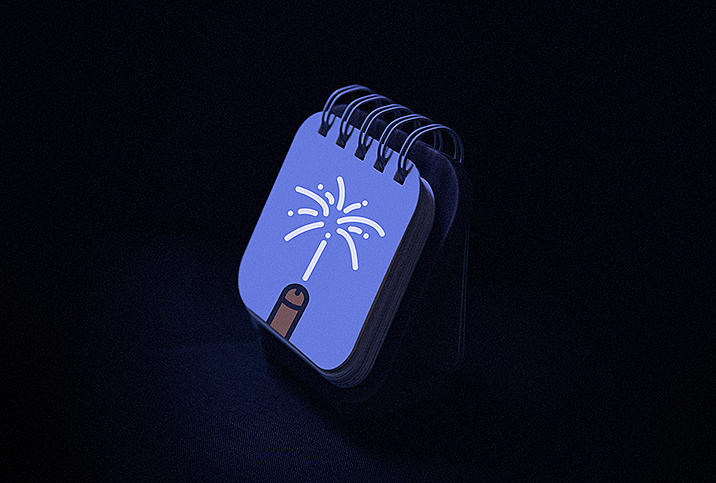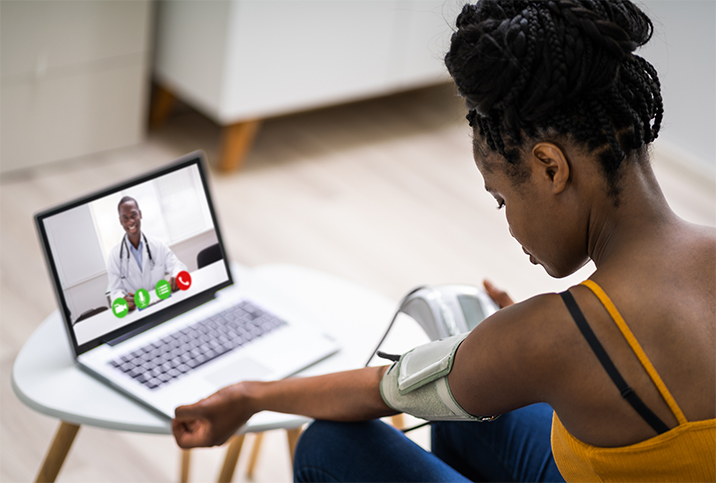The Importance of Self-Diagnosis

Self-diagnosis is a highly individualized practice wherein people engage in research over mental or physical symptoms, eventually identifying with one or more disorders. It has become increasingly common in the information age, where access to the internet allows anyone to find possible disorders to match their symptoms. Nowadays, patients can have an idea of what's going on in their bodies and minds instead of relying solely on a doctor's expertise, though confirmation by a medical professional is advised.
Debunking myths on the outrage behind self-diagnosis
From the perspective of medical professionals, self-diagnosis may be dangerous because patients can cause lasting harm by taking the wrong medications or misdiagnosing themselves. The problem with this line of thinking is it assumes more power to patients than they have. Patients do not have the power to prescribe themselves medications nor to engage in any meaningful treatment without a doctor. In the case of taking too great a quantity of over-the-counter medicines, doctors should consider a patient may not have had the resources to obtain the medications they need.
When patients do come in, they are struggling and need help, and their concerns should be approached with compassion. If they are taking the wrong medication, doctors can prescribe the right ones. If patients misdiagnose themselves, then doctors can gently consider other disorders until the correct diagnosis is identified. Self-diagnoses can be mistaken, but patients deserve care when exposing their vulnerability and fears to a doctor. Regardless if the self-diagnosis is correct or not, or even if it's ridiculous and highly unlikely, patients should never be ridiculed.
Furthermore, medical professionals against self-diagnosis often use the rebuttal that diagnosis should be left for the experts, but this undermines patients' autonomy and puts doctors on a false pedestal. The expert on a person's body and mind is the patient—and their expertise should be taken seriously. Doctors have professional knowledge of the body, but they are just as human and liable to error as everyone else.
The power doctors yield can sometimes cause lasting harm. For example, medical professionals misdiagnosing patients can lead to inadequate treatment of serious illnesses, as well as mental anguish due to uncertainty and loss of trust in the re-diagnosis process.
Cultures of medical bias and distrust
Within the doctor-patient relationship, doctors hold much of the power, and patients can be incredibly vulnerable, especially if they are Black, people of color or disabled. Self-diagnosis is a way for patients to understand, explore and cope with deep emotional and/or physical struggles, often because race and class are barriers to receiving equitable medical care. In fact, medical racism, classism, fatphobia and transphobia make it difficult for many people to access medical care. Even when they do, the culture of bias in doctors means care received can be inadequate or even harmful. In reaction, traumatized, marginalized people develop a culture of distrust and avoidance around medicine, which can be fatal. In this circumstance, self-diagnosis is a way to self-advocate against bias and ensure proper care.
A practice of care and trust
More research, interrogation and training is needed to bring balance to the power dynamic between doctors and patients, and give all people the medical care they deserve. Patients are not passive, broken people for doctors to fix and put back together. Diagnosis should be a collaborative effort, with the goal of improving patients' standard of living. Studies show a collaborative approach to medical care improves patient health outcomes.
Medical professionals' priority should be to minimize fear and uncertainty, and build trust with patients rather than asserting themselves as experts. Taking a patient's self-diagnosis seriously is a crucial part of trust-building, ensuring the patient feels validated and heard instead of dismissed and belittled. Doctors and patients should be equals, mixing professional and personal expertise to find answers. At the end of the day, the patient is the one impacted by the treatment plan, so they should be as involved in the diagnosis and treatment process as possible.


















